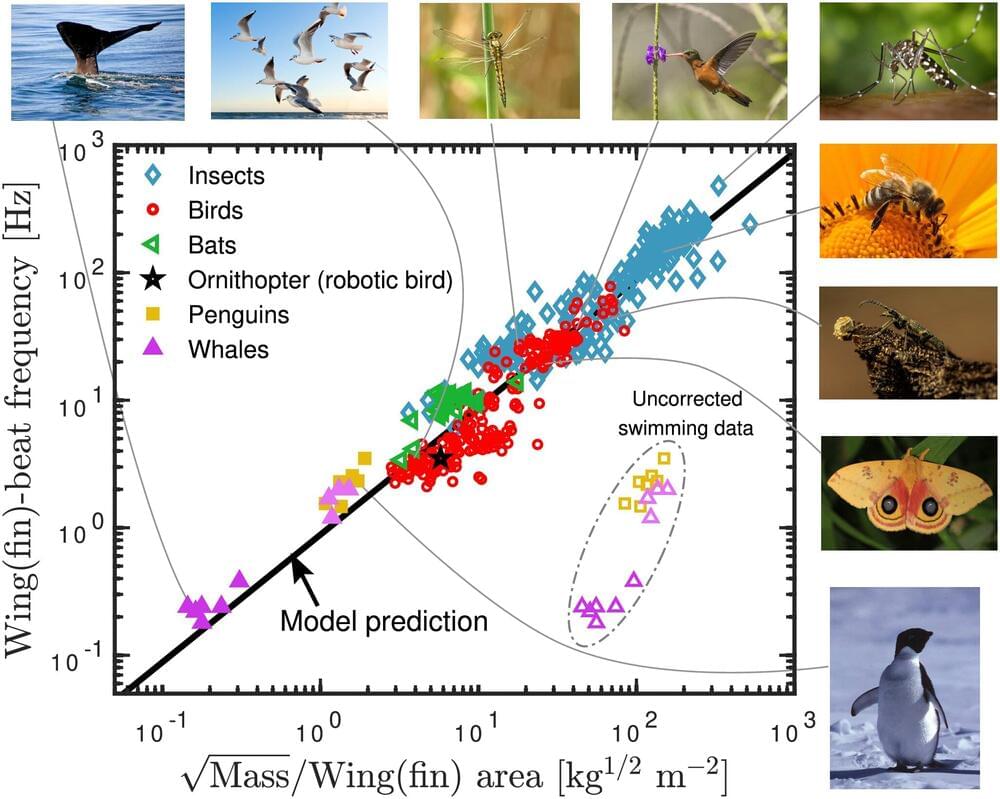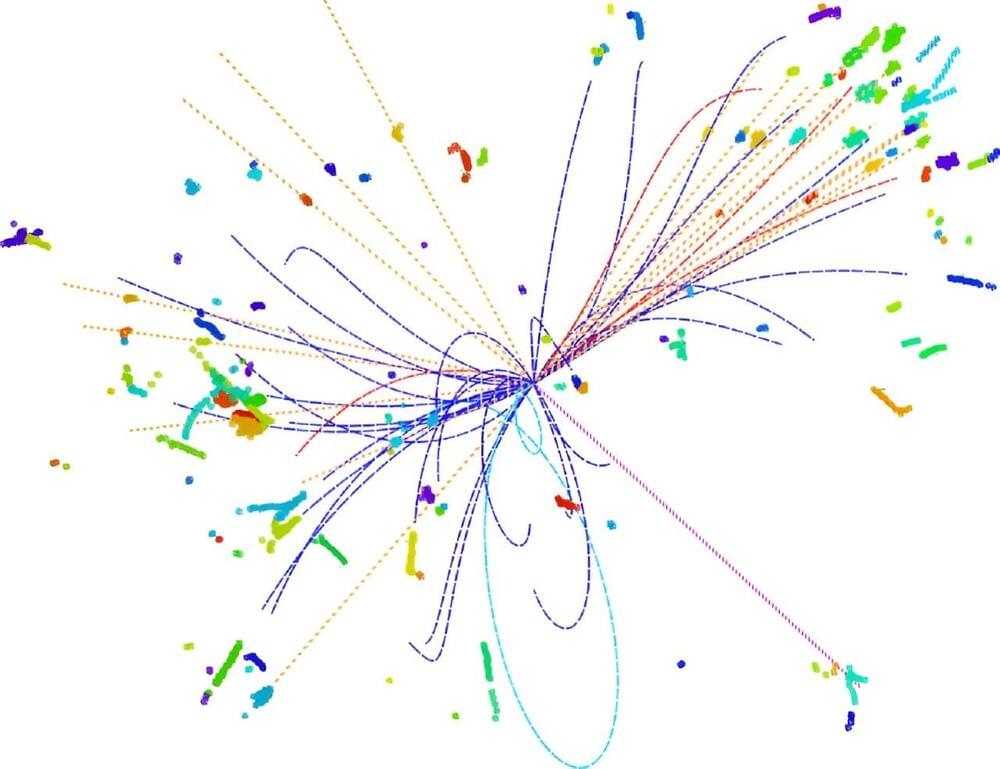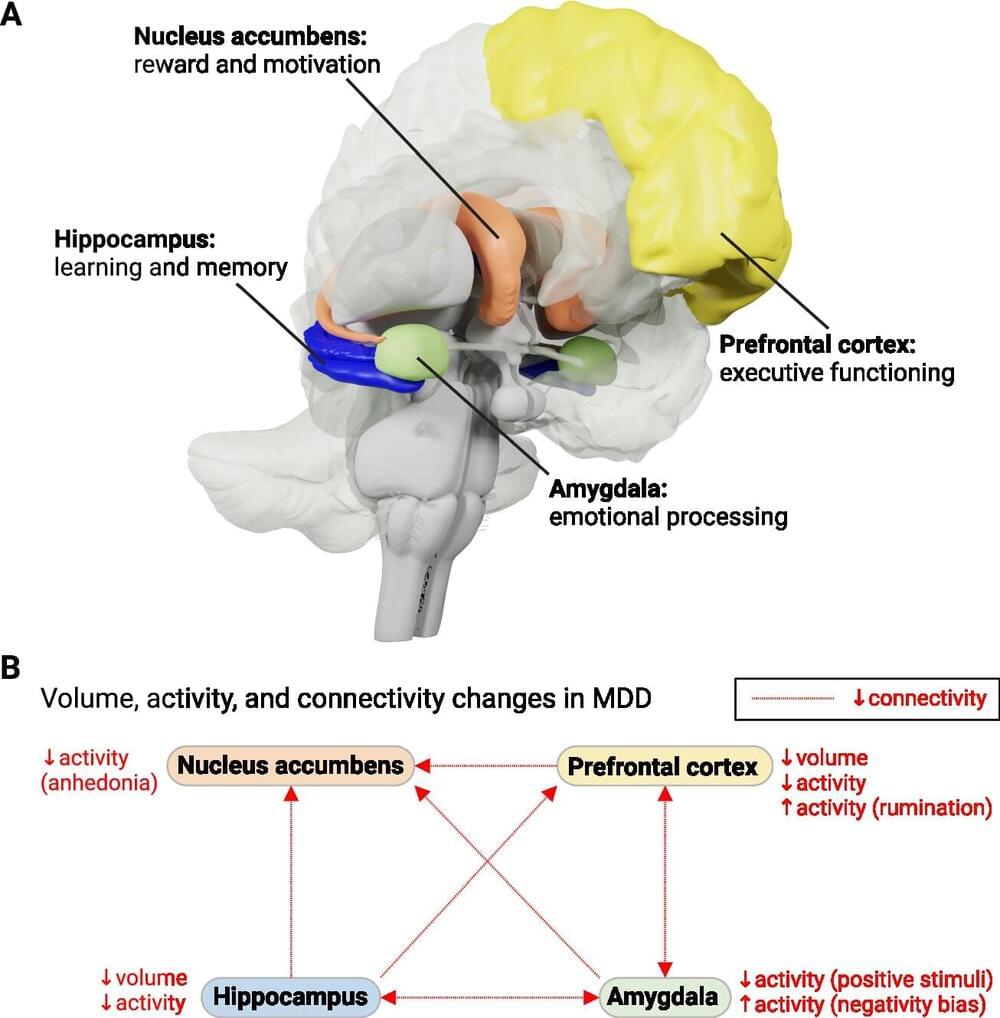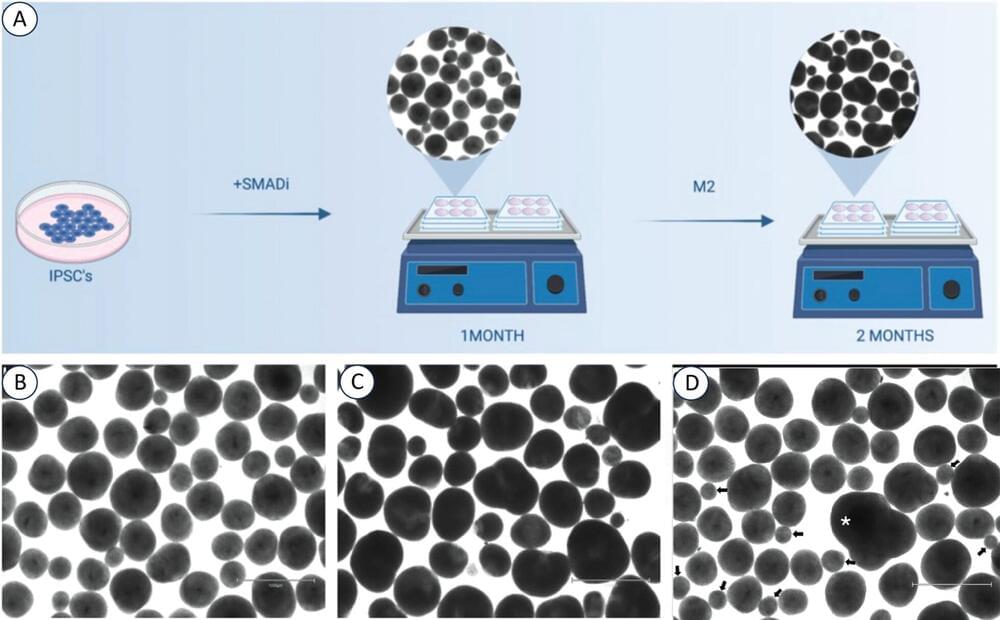A single universal equation can closely approximate the frequency of wingbeats and fin strokes made by birds, insects, bats and whales, despite their different body sizes and wing shapes, Jens Højgaard Jensen and colleagues from Roskilde University in Denmark report in a new study published in PLOS ONE on June 5.
The ability to fly has evolved independently in many different animal groups. To minimize the energy required to fly, biologists expect that the frequency that animals flap their wings should be determined by the natural resonance frequency of the wing. However, finding a universal mathematical description of flapping flight has proved difficult.
Researchers used dimensional analysis to calculate an equation that describes the frequency of wingbeats of flying birds, insects and bats, and the fin strokes of diving animals, including penguins and whales.









